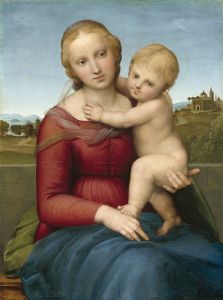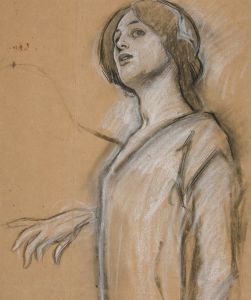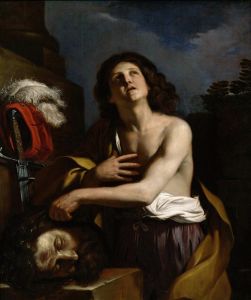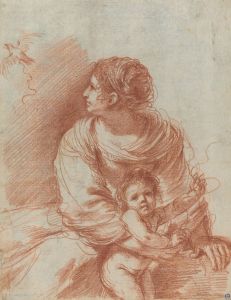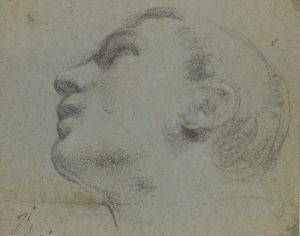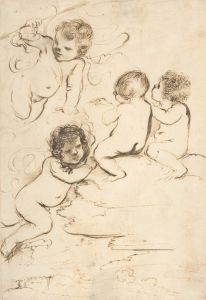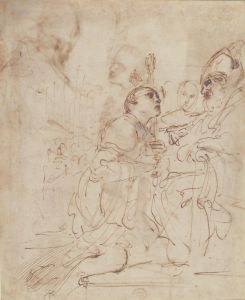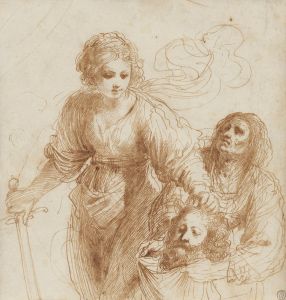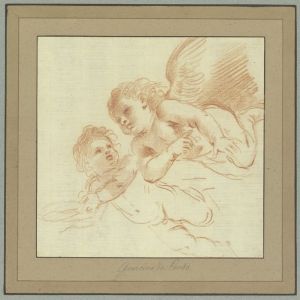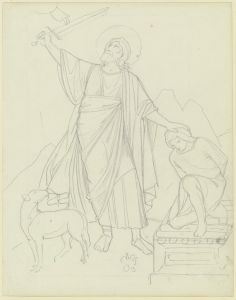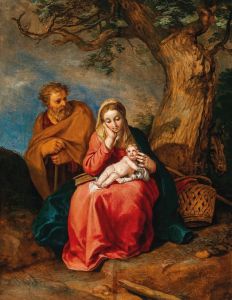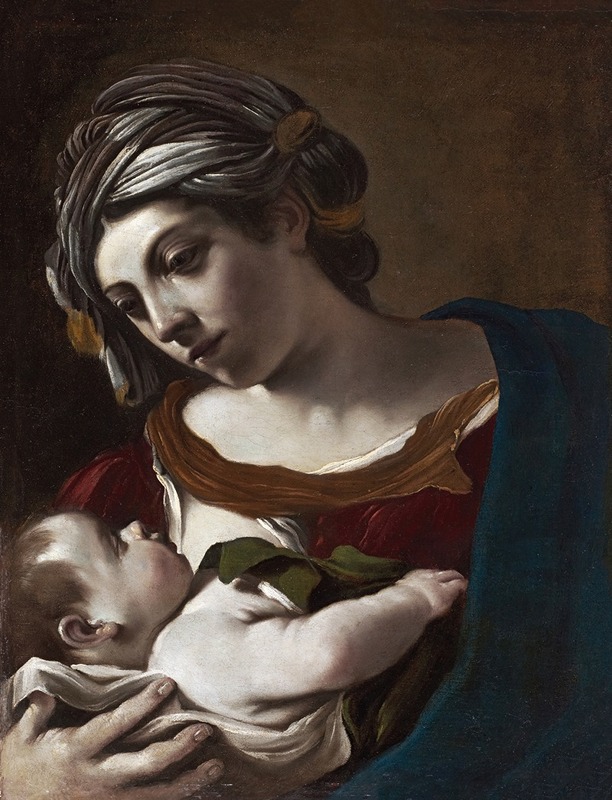
Virgin and Child
A hand-painted replica of Guercino’s masterpiece Virgin and Child, meticulously crafted by professional artists to capture the true essence of the original. Each piece is created with museum-quality canvas and rare mineral pigments, carefully painted by experienced artists with delicate brushstrokes and rich, layered colors to perfectly recreate the texture of the original artwork. Unlike machine-printed reproductions, this hand-painted version brings the painting to life, infused with the artist’s emotions and skill in every stroke. Whether for personal collection or home decoration, it instantly elevates the artistic atmosphere of any space.
"Virgin and Child" is a painting by the Italian Baroque artist Giovanni Francesco Barbieri, known as Guercino. Guercino, which means "the squinter," was a nickname derived from his childhood squint. He was born on February 8, 1591, in Cento, a small town in the Emilia-Romagna region of Italy, and he became one of the most prominent painters of the Baroque period.
The painting "Virgin and Child" depicts the Virgin Mary holding the infant Jesus. This subject is a common theme in Christian art, symbolizing the maternal bond and the divine nature of Jesus. Guercino's interpretation of this theme is characterized by his use of dramatic lighting and expressive figures, which are hallmarks of the Baroque style.
Guercino's work is known for its dynamic compositions and the use of chiaroscuro, a technique that contrasts light and dark to create a sense of volume and three-dimensionality. In "Virgin and Child," the artist employs this technique to highlight the tender interaction between Mary and Jesus, emphasizing their faces and hands while the background remains subdued.
The painting showcases Guercino's skill in rendering human emotion and his ability to convey a sense of intimacy and reverence. The Virgin Mary is often depicted with a serene and contemplative expression, while the infant Jesus is shown with a sense of innocence and divine grace. The use of soft, flowing drapery adds to the overall sense of movement and life within the composition.
Guercino's career began in his hometown of Cento, where he was initially influenced by the works of Ludovico Carracci and the Carracci Academy in Bologna. His early works reflect the naturalism and emotional intensity of the Carracci school. In 1616, Guercino moved to Bologna, where he continued to develop his style and gained significant recognition.
In 1621, Guercino was called to Rome by Pope Gregory XV, where he worked on several important commissions, including frescoes in the Villa Ludovisi. His time in Rome exposed him to the works of other great Baroque artists, such as Caravaggio and Guido Reni, further influencing his artistic development.
After the death of Pope Gregory XV in 1623, Guercino returned to Cento, where he continued to produce a prolific body of work. He later moved to Bologna in 1642, where he spent the remainder of his career. Guercino's paintings were highly sought after by patrons across Europe, and his influence extended beyond Italy.
"Virgin and Child" is one of many religious works by Guercino that exemplifies his mastery of the Baroque style. His ability to combine dramatic intensity with tender human emotion made him one of the leading painters of his time. Guercino died on December 22, 1666, in Bologna, leaving behind a legacy of influential and admired artworks.
The exact date of the creation of "Virgin and Child" is not specified, but it is representative of Guercino's mature period, where his style had fully developed into the dramatic and emotive compositions for which he is best known. The painting remains an important example of Baroque religious art and continues to be studied and appreciated for its artistic and historical significance.





